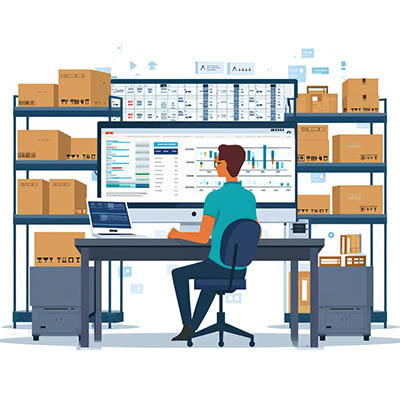Managing your organization’s technology can pose unexpected challenges. Firstly, many businesses overlook their technology as long as it functions adequately. Secondly, technology turnover within an organization can be rapid. In this month’s newsletter, we’ll go into essential steps for gaining control over your technology inventory.
A lot of businesses are choosing to embrace some semblance of remote work. This has made networking your business simpler. If your staff is coming and going from your office, you can, by all practical means, avoid using cabled hardware in the front of your business. Unfortunately, most businesses do need to have some workstations and other IT connected and it can get messy quickly.
Every business faces two crucial IT decisions: selecting the appropriate hardware for its operations and determining when it’s time for a hardware upgrade. In today’s landscape, there’s a plethora of choices available to decision-makers that were previously unavailable. While this provides more options, it also makes hardware decisions both easier and more complex due to the numerous factors to consider. Let’s take a look at some of these factors today.
Right to Repair has grown from a simple philosophy to a legitimate movement, with numerous states legislating measures to boost the rights of the consumers and businesses who ultimately pay for and use different pieces of technology every day. Let’s take a few moments to evaluate where the movement stands currently, as well as review what the right to repair would mean for businesses.




